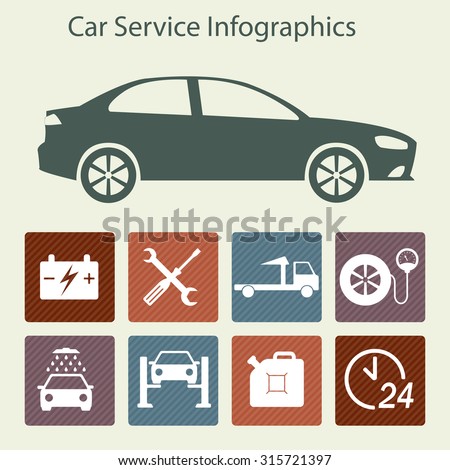When you lag the wheel, those radiant caution lights on your dashboard can be a bit perplexing. Do you know what they're attempting to inform you regarding your car's wellness? Comprehending Click Link of these lights is essential for your security and the long life of your lorry. So, auto detailing auckland of those lights pops up, would not you want to understand its message properly and take the necessary actions to address it?
Common Caution Lights and Interpretations
Identify typical caution lights in your car and comprehend their meanings to make certain risk-free driving.
The most normal caution lights include the check engine light, which signifies issues with the engine or exhausts system. If this light begins, it's essential to have your vehicle examined promptly.
The oil pressure cautioning light shows reduced oil stress, requiring instant attention to stop engine damages.
A blinking battery light may recommend a faulty billing system, possibly leaving you stranded if not dealt with.
The tire stress surveillance system (TPMS) light signals you to low tire stress, affecting car stability and fuel effectiveness. Ignoring this can cause risky driving problems.
The ABS light shows a trouble with the anti-lock stopping system, compromising your ability to quit promptly in emergencies.
Lastly, the coolant temperature level advising light warns of engine overheating, which can result in serious damages if not dealt with promptly.
Understanding these common caution lights will help you resolve problems immediately and keep secure driving problems.
Relevance of Prompt Attention
Understanding the common warning lights in your auto is only the initial step; the value of immediately attending to these cautions can't be emphasized sufficient to guarantee your safety and security when traveling.
When a warning light illuminates on your control panel, it's your car's means of communicating a prospective problem that requires interest. Disregarding these cautions can bring about extra severe troubles later on, compromising your safety and security and potentially costing you a lot more in repairs.
Trigger attention to advising lights can prevent malfunctions and accidents. For instance, a flashing check engine light might indicate a misfire that, if left neglected, can trigger damages to the catalytic converter. Addressing this immediately can save you from a costly repair service.
Similarly, a brake system cautioning light could indicate reduced brake fluid or used brake pads, critical elements for your safety when driving.
Do It Yourself Troubleshooting Tips
If you see a warning light on your dashboard, there are a couple of DIY troubleshooting tips you can attempt before seeking professional assistance.
The first step is to consult your auto's handbook to understand what the certain caution light indicates. Occasionally the concern can be as simple as a loosened gas cap triggering the check engine light. Tightening the gas cap might fix the trouble.
One more common problem is a reduced battery, which can cause numerous cautioning lights. Examining the battery links for deterioration and guaranteeing they're protected may take care of the problem.
If a caution light lingers, you can attempt resetting it by disconnecting the auto's battery for a few minutes and then reconnecting it. Additionally, inspecting your automobile's fluid degrees, such as oil, coolant, and brake fluid, can assist fix alerting lights associated with these systems.
Final thought
Finally, understanding your car's warning lights is necessary for keeping your vehicle running smoothly and safely. By promptly attending to these alerts and knowing what they imply, you can avoid costly repair services and possible malfunctions.
Keep in mind to consult your automobile's handbook for particular information on each advising light and take action as necessary to make sure a hassle-free driving experience.
Remain informed, stay risk-free when driving!
